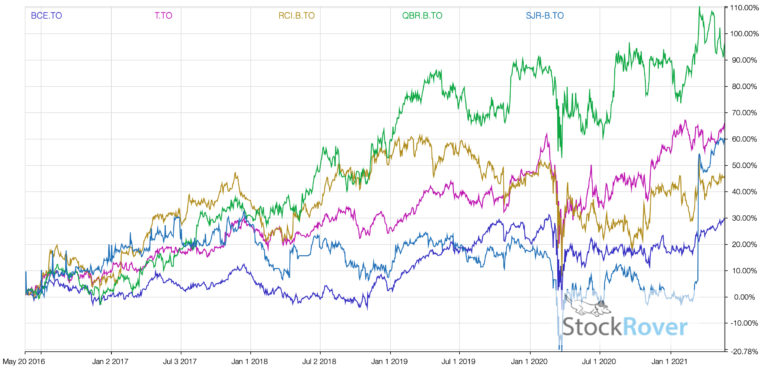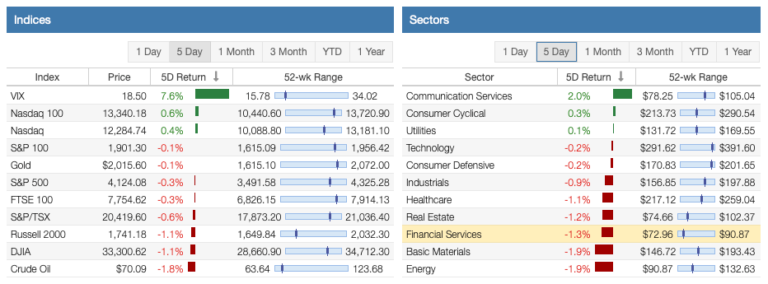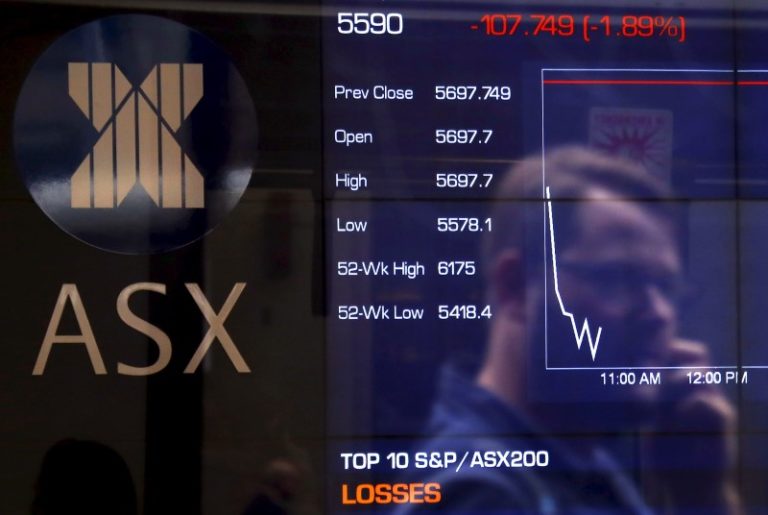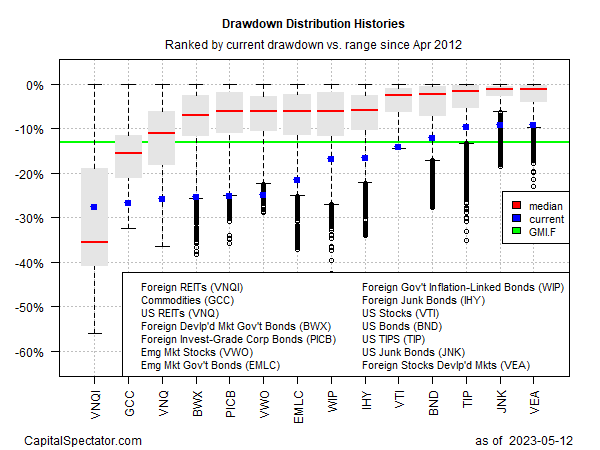
Are ETFs and CEFs Good Dividend Growth Investments?
Investing in dividend growth stocks is not about buying high-yield stocks to generate a high income. Instead, this form of dividend investing is all about finding solid dividend growth stocks that are reasonably priced and are expected to continue raising their dividends in the future. Most of the time their current yields aren’t eye-popping, but the growing divdends over time will more than compensate for the lower current yield.
A question I get on occasion is ‘are Exchange Traded Funds (ETFs) and Closed Ended Funds (CEFs) a good fit for a dividend growth strategy?’
Over the years I have held many ETFs and CEFs in my income portfolio. At the time, my thought process was that these funds would diversify my risk and add a degree of stability to my income portfolio. Initially, I had high hopes for their success.
Here are several ETFs/CEFs I currently hold or have held in the past:
Vanguard Financials ETF (VFH) seeks to track the performance of a benchmark index that measures the investment return of financial stocks.
PowerShares International Dividend Achievers Portfolio (PID) seeks to match the performance of the International Dividend Achievers Index by investing at least 90% of its total assets in dividend paying common stocks of this index. This index tracks the performance of dividend paying American Depositary Receipts or ordinary stocks trading on the NYSE, NASDAQ or AMEX.
Vanguard REIT ETF (VNQ) seeks to provide a high level of income and moderate long-term capital appreciation by tracking the performance of a benchmark index that measures the performance of publicly traded equity REITs.
SPDR S&P Dividend ETF (SDY) seeks to replicate as closely as possible, before expenses, the price and yield of the S&P High Yield Dividend Aristocrats Index. The Fund uses a passive management strategy designed to track the price and yield performance of the Dividend Index.
Vanguard High Dividend Yield ETF (VYM) seeks to track the performance of a benchmark index that measures the investment return of common stocks of companies that are characterized by high dividend yields.
Vanguard Dividend Appreciation ETF (VIG) seeks to track the performance of a benchmark index that measures the investment return of common stocks of companies that have a record of increasing dividends over time.
Eaton Vance Tax-Advantaged Global Dividend Opportunity (ETO) is a diversified, closed-end management investment company. The Fund’s investment objective is to provide a high level of after-tax total return. It invests primarily in dividend-paying common and preferred stocks.
Vanguard Long-Term Bond ETF (BLV) seeks to match the investment performance of the Lehman Brothers Mutual Fund Long Government/Corporate Index. Holdings include Corporate Notes/Bond, Treasury Notes/Bonds and Government Agency Securities.
Back to the original question: Are Exchange Traded Funds (ETFs) and Closed Ended Funds (CEFs) a good fit for a dividend growth strategy? At this point, I would say no, for the most part with one esception noted below. For many of the same reasons that international investments are not a good fit for a dividend-based investing strategy, I have found the same true with ETFs and CEFs.
It has been my experience that ETFs/CEFs dividends exhibit a higher degree of income volatility than individual dividend stocks. Since most of the above funds are based on an index, they are forced to buy the bad stocks with the good stocks. This will inherently increase the volatility of the funds dividend payments. Those with international holdings are subject to currency conversion and a different dividend payout philosophy.
Aflac Incorporated (AFL) provides supplemental health and life insurance in Japan and the U.S. Products are marketed at work sites and help fill gaps in primary coverage. The company has paid a cash dividend to shareholders every year since 1973 and has increased its dividend payments for 39 consecutive years. Yield: 2.3%
Johnson & Johnson (JNJ) is a leader in the pharmaceutical, medical device, and consumer products industries. JNJ is a member of the S&P 500, a Dividend Aristocrat, a member of the Broad Dividend Achievers™ Index and a Dividend Champion. Yield: 2.6%
PepsiCo, Inc. (PEP) is a major international producer of branded beverage and snack food products. The company has paid a cash dividend to shareholders every year since 1952 and has increased its dividend payments for 49 consecutive years. Yield: 2.7%
In the income portion of my portfolio, I place a great deal of value on stability and consistency. Most ETFs and CEFs have a difficult time delivering either.
Full Disclosure: Long AFL, JNJ, PEP, ETO, SCHD.
Related Articles
– Never Fall In Love With A Stock
– 3 High Rated, Lower Debt Dividend Stocks With A Reasonable Payout
– With Dividend Growth Stocks, Cash Is King
Tags: AFL, JNJ, PEP, VFH, PID, VNQ, SDY, VYM, VIG, ETO, BLV, SCHD,
.
Published at Tue, 26 Oct 2021 00:30:00 -0700





